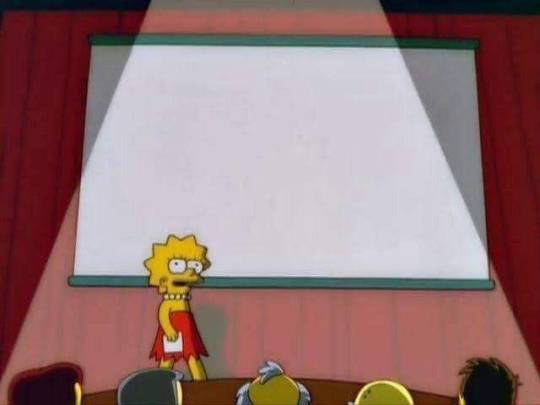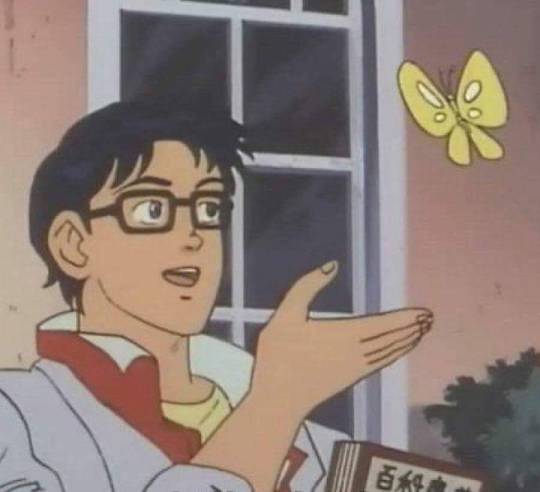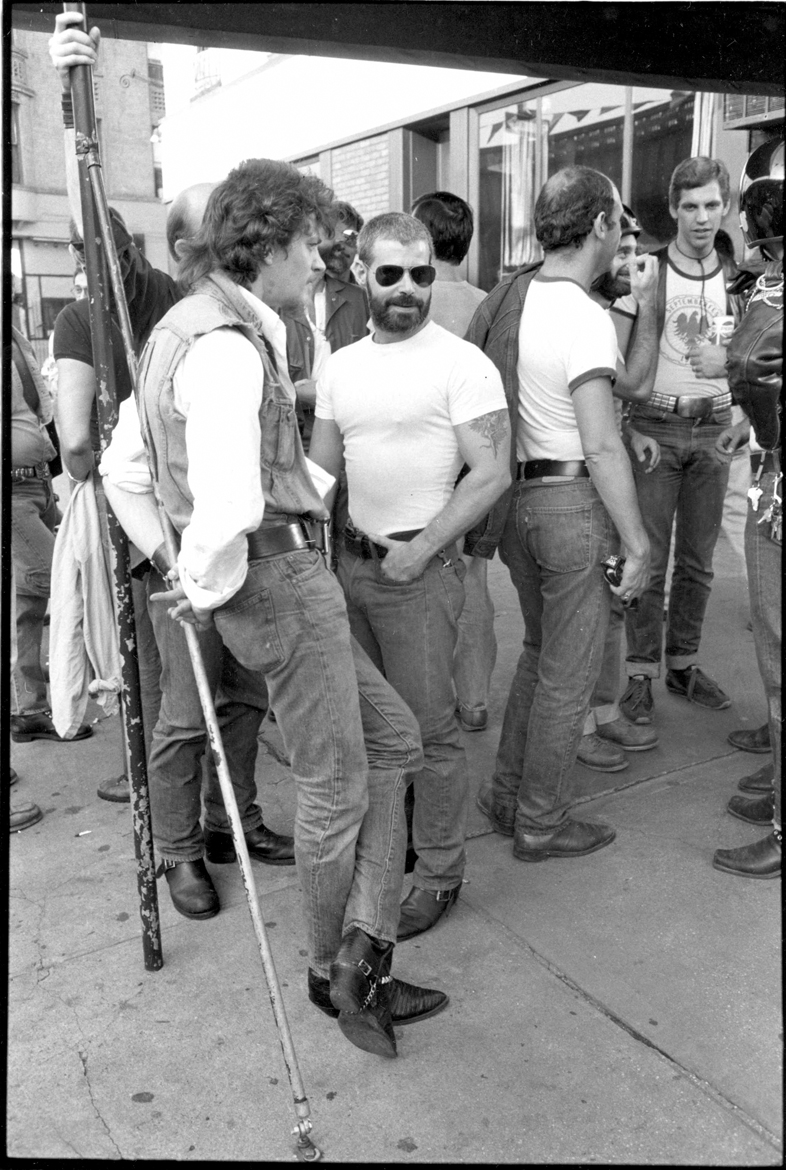Have you ever found yourself reading a novel or something, and then stumbled across a passage that resonated so clearly with something that was in your head, or that you’ve done before — OR BOTH — that you almost felt a flush of embarrassment, like some stranger had caught you in the act?
That night I put aside my fiction of former defeats, former glories . . . and began writing a letter. It began reasonably, as a sort of old-fashioned, literary coda to the afternoon. How pleasant to have met you, and so on, the kind of letter no one writes anymore, which naturally has its peculiar charm for the startled recipient. A courtly letter. Spinsterish but sensual. I felt in there brief time we conversed that I was speaking with someone of extremely rare sensitivity, and that you, of course, sensed my physical attraction to you, and were gracious enough to take this in stride, giving me the opportunity to show you the kind of person I am. I know it’s eccentric to come right out with this in a letter, but I have been so moved by your beauty that I, that, at this point everything floundered, I ripped the letter into shreds and started over.
— Horse Crazy, Gary Indiana
Oh, and when I factor in the irony of who recommended I read this, I just want to crawl under a rock and die of self-consciousness. So busted, even if it was unintentional.
For an extra chuckle of relevance (albeit to other things), though, this was in the very first paragraph of the book: “Things commence in reckless hope and die away in stifled longing, not that we had hoped for much from the Staten Island Ferry.” Perfect.
If that’s all found in the first 4 pages, I’m almost terrified to continue.









